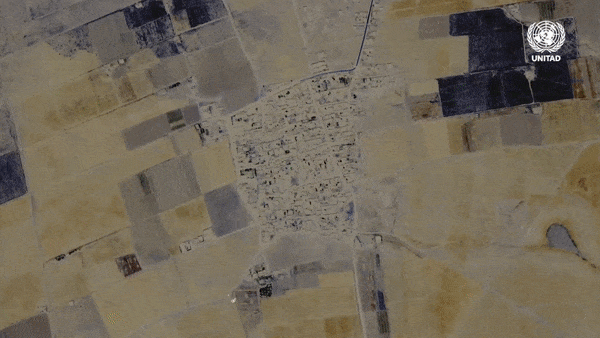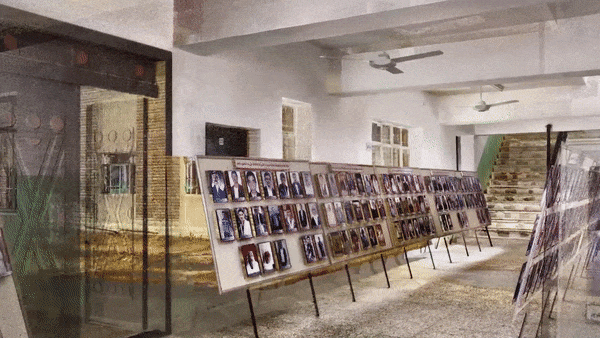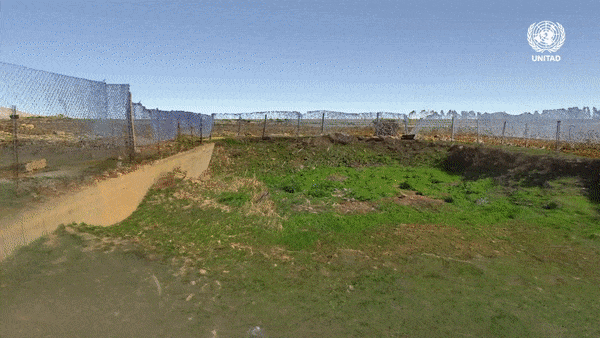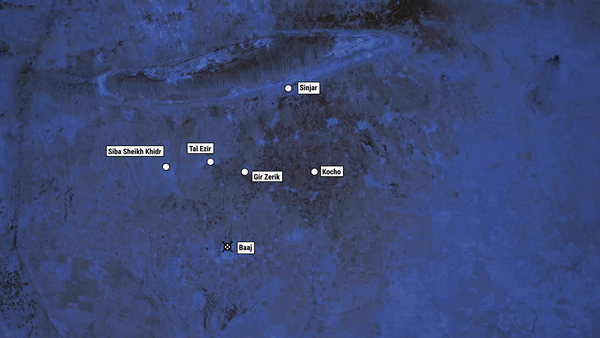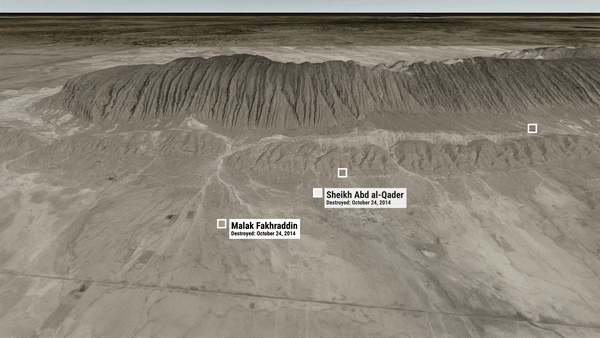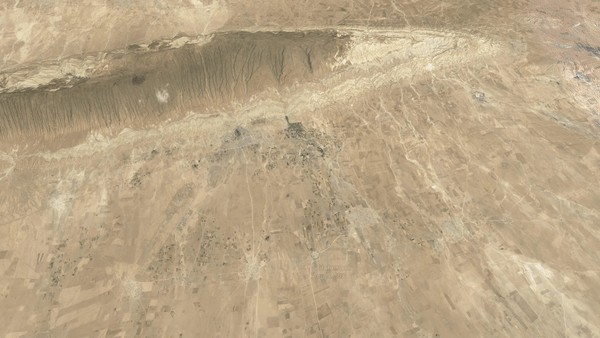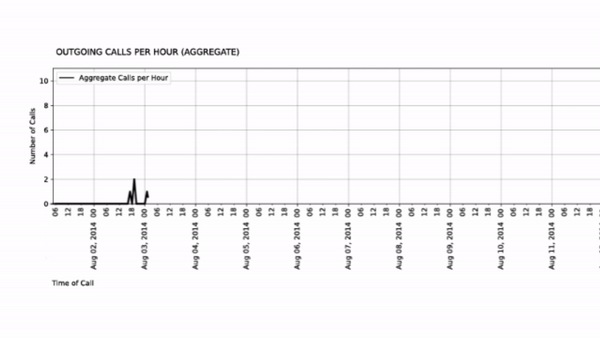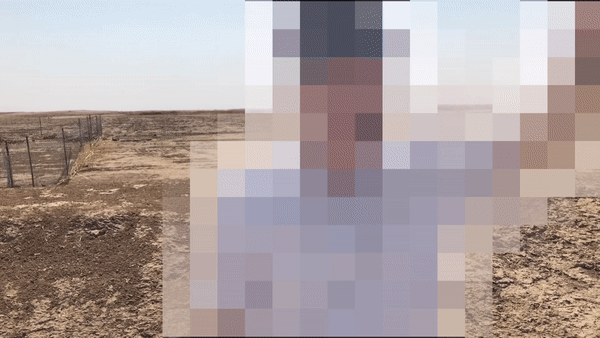UNITAD: Video and Evidentiary Platform
A video presented at the Security Council documenting the evidence of crimes committed by ISIL against the Yazidi community in Iraq and an evidentiary platform to be used in court.
Beginning with its campaign of violence in 2014 and extending through the period of its “caliphate”, ISIL perpetrated some of the gravest crimes in recent history and inflicted unimaginable suffering on the people of Iraq. Yazidis, an ethno-religious group that live primarily in Northern Iraq, were one of the minority communities that were brutally targeted. The United Nations Investigative Team to promote Accountability for the crimes committed by Da’esh/ISIL (UNITAD) was established in 2017 to collect evidence of ISIL crimes and ultimately hold those responsible to account.
As part of this mission, UNITAD approached SITU Research to collaborate on showcasing the work of one of their investigations on a concentrated period of violence against the Yazidi community between August 4 and August 15, 2014. We were tasked to synthesize disparate forms of evidence including survivor testimony, visual evidence, databases, primary documents, and forensic documentation. This work resulted in two distinct products, a video for presentation at the UN Security council and an evidentiary platform for use in court.
Our work is structured to first give viewers a broader context of ISIL’s operations throughout Northern Iraq in June and July 2014, followed by a deep dive into the events between August 4 and August 15 with a focus on atrocities committed in the Yazidi village of Kocho. We worked with UNITAD to effectively present documentation and evidence not only in relation the alleged crimes but also the aftermath, including the fate of enslaved women and children and UNITAD’s efforts to assist survivors.
We began by building a robust geospatial model that allows us to seamlessly travel from the national map of Iraq to the 3D terrain of the Sinjar District and further into a high resolution 3D model of key sites around Kocho, such as the village school, the 17 mass grave sites around the village, and the technical institute in the nearby village of Solagh.
To establish the geographic and spatial context, we cleaned, colour corrected and processed a large point cloud dataset (~4 billion points) into fully immersive 3D models. Point cloud data is usually stored unstructured; each point is represented as a pair of properties: a position in the x, y, and z dimensions, and a color in the r, g, b dimensions but is not stored in the digital file based on these properties. Consequently, the entire point cloud file has to be read and stored in memory for the renderer to be able to display the data at all. For this project, we applied a point cloud structuring scheme Potree (point cloud octree), which reorganizes these coordinates into groups and subgroups based on the spatial extents of the pointcloud. This method of structuring the data allows us to selectively render parts of the point cloud that are visible to the camera at full resolution. This optimization greatly reduces the computational time necessary to display a frame, in turn creating a smoother render.
We leveraged the detail of the 3D models by aligning witness testimony, drone footage, and forensic documentation with the 3D capture. The alignment between visual evidence and the point cloud, and the ability to toggle between the two, provides a finer understanding of the physical environs and immediate context for each moment that is described and, most importantly, fully integrated the quantitative and qualitative aspects of the investigation - domains that often remain quite discrete.
Our collaboration with UNITAD also involved crafting ways to best present the vast spectrum of evidence types collected. We created maps of ISIL’s attack patterns in Sinjar, the precise escape routes used by neighboring villagers, and the network of sexual slavery through which the enslaved women and children were transported. We used open-source investigation techniques to locate and map ISIL’s destruction of Yazidi and Shia cultural heritage sites in and around Sinjar Mountain. Finally, we visualized the cell phone data records of Kocho villagers to highlight the exact moment ISIL fighters confiscated phones in Kocho on August 15.
Given the traumatic and highly sensitive nature of the project’s content, the concerns of security, confidentiality, and sensitivity were paramount throughout the process. Both our team and UNITAD had a strong preference for the survivors to describe the events in their own words for the video. However, due to ongoing security concerns not all witnesses were comfortable appearing in this highly public format. We produced several tests to anonymize the witness and ultimately received their approval to be included in the final video. A large volume of the ISIL propaganda videos was extremely graphic in nature, we spent a lot of time poring through the material to find clips that struck the right balance between presenting the facts of the case and avoiding depictions of gratuitous violence.
On May 12th, 2021 UNITAD’s Special Adviser Karim Khan briefed the UN Security Council on their collection of evidence, demonstrating that the findings presented in a case brief and captured in the video support a charge of genocide. Mr Khan stressed the importance of mobilizing all the collected evidence; instead of creating a prodigious archive, UNITAD must support national authorities to prosecute those accused in domestic courts. Other notable speakers at the event also used their platform to call for tangible justice. Nadia Murad, a survivor from Kocho and winner of the 2018 Nobel Peace Prize, expressed her gratitude for UNITAD’s work in recovering and supporting the dignified reburial of the remains of Yazidi victims from all over Sinjar. Murad also echoed the call for accountability, “Evidence has been found, but we are still searching for the political will to prosecute”. She further advocated “For true justice and reconciliation, survivors must see that due process is upheld in Iraqi courts... and that survivors are included in this process every step of the way.” Human rights lawyer, and Counsel for many of ISIL’s Yazidi victims, Amal Clooney lamented how ISIL boasted about their heinous crimes openly online, without fear of repercussions. Clooney underscored how ISIL’s media and tech-savvy identity could be exploited by UNITAD to further their investigations. Clooney remarked, “that this investigation was always meant to be the beginning, not the end”, and encouraged states “that believe in human rights to commit to holding international trials”.
Our work with UNITAD also continues. We are building an evidentiary platform that will host all of UNITAD’s broad range of evidence, and will ultimately be used in court. The volatile geo-political climate that continues to plague the Sinjar region makes it difficult to access key sites of all these crimes. Our platform aims to bring the crime scene to the courtroom, with utmost detail, and ultimately will be used to hold those responsible to account.
